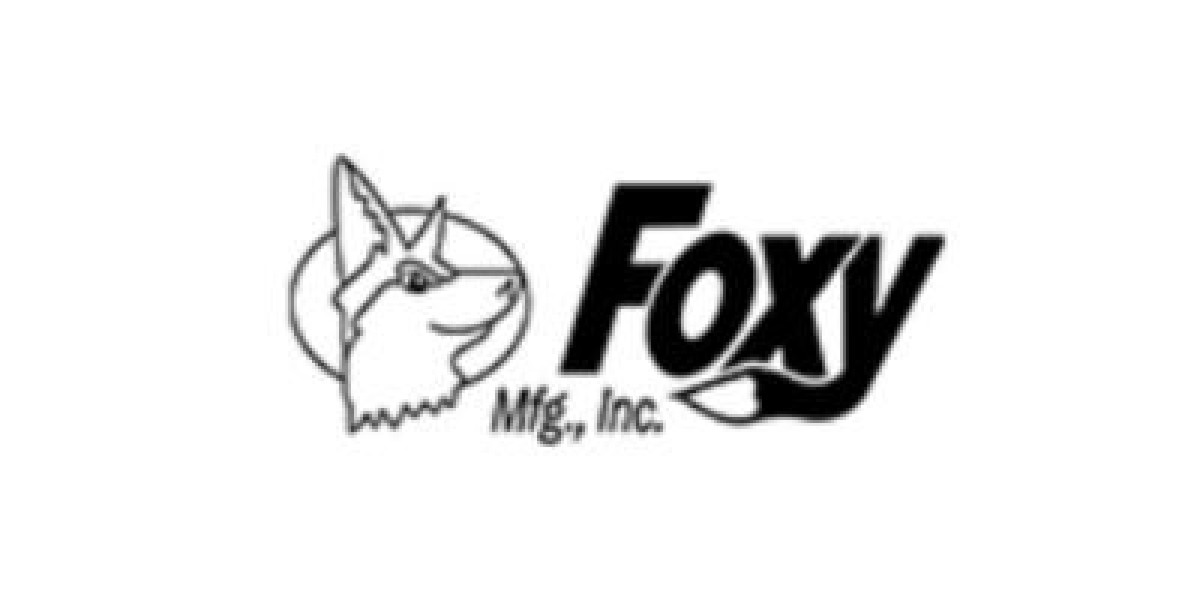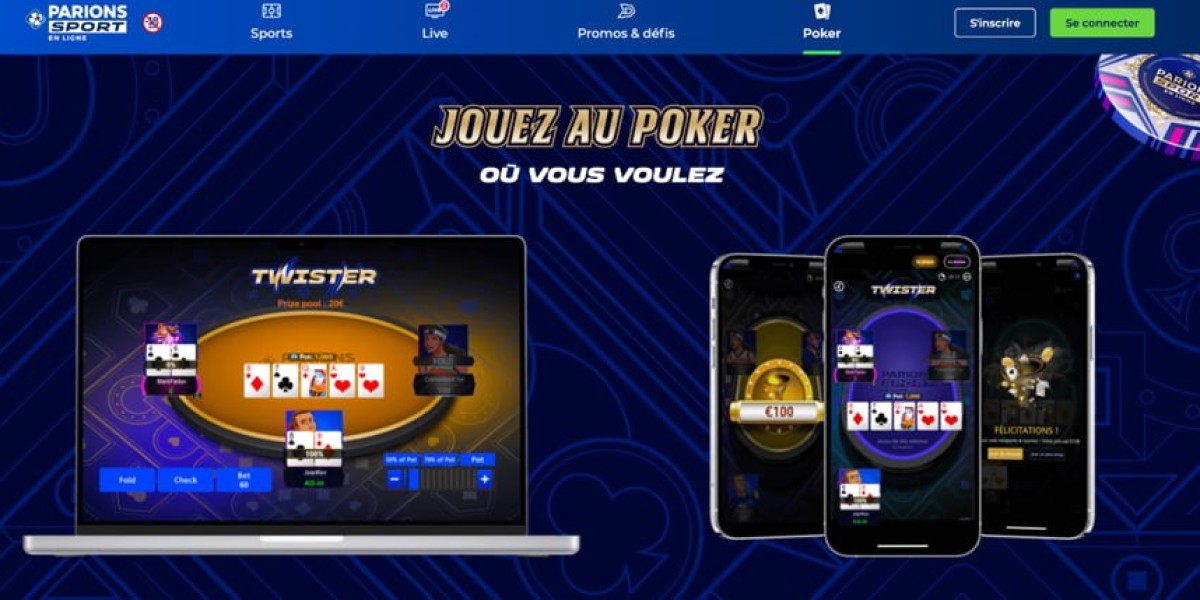Corteiz and Kapital are two of the most talked-about names in today’s fashion landscape, but they occupy drastically different corners of the industry. One is grounded in streetwear rebellion, while the other thrives on heritage craftsmanship and experimental design. Corteiz, born from the streets of London, symbolizes a new-age resistance to fashion elitism. Kapital, founded in Japan, represents a deep-rooted appreciation for history, art, and imperfection. Despite their differences, both brands have captured the attention of global audiences. This article explores the distinct qualities that make Corteiz and Kapital standout forces in contemporary fashion.
The Origins: Street vs. Heritage
Corteiz was launched by Clint419 in the late 2010s as an underground movement rooted in London’s youth culture. Known for its secret drops and anti-establishment tone, the brand quickly grew through viral marketing and community-driven hype. Kapital, founded in 1984 by Toshikiyo Hirata, began as a denim-focused brand in Kojima, Japan—an area famous for high-quality denim. Under the creative direction of his son Kiro, Kapital evolved into a globally admired label that merges Americana with Japanese traditionalism. Where Corteiz was born in protest, Kapital emerged from craftsmanship. Each brand’s origin story informs its philosophy, process, and aesthetic.
Design Approach and Aesthetic Values
Corteiz’s designs are bold, stripped-back, and unapologetic. The brand focuses on wearable items like cargos, hoodies, and outerwear that are easy to style yet carry strong political and cultural messaging. Common themes include militarism, exclusivity, and defiance. Kapital’s designs are the opposite in spirit—eclectic, maximalist, and intricate. From its patched denim to oversized knitwear and bandana-dyed coats, Kapital embraces visual chaos and layers of detail. Corteiz leans into minimalism with punchy statements, while Kapital uses its garments as canvases for cultural storytelling. The difference lies not in quality, but in how each brand communicates through visual language.
Cultural Identity and Brand Messaging
Corteiz speaks directly to a generation raised on digital disruption and social resistance. The brand’s messaging, “Corteiz Rules The World,” reflects a rebellious spirit and taps into collective empowerment among marginalized communities. It’s a badge of belonging and resistance. Kapital, however, speaks through metaphor and design rather than slogans. The brand reflects a whimsical, thoughtful celebration of imperfection, drawing inspiration from Japanese philosophies like wabi-sabi. Its messaging is subtle but powerful, often found in the symbolism of its designs. Corteiz tells you exactly what it stands for; Kapital invites you to discover its meaning over time.
Audience Engagement and Community
Corteiz has built a tight-knit, hype-fueled community. Its customers are more than buyers—they’re participants in the brand’s experience. Events like the Bolo Exchange and guerrilla-style drops generate city-wide excitement, giving fans a feeling of exclusivity and involvement. Kapital connects with its audience differently. Rather than orchestrating hype, it relies on emotional resonance and the intrinsic value of its pieces. Its fan base includes creatives, designers, and collectors who appreciate craftsmanship and storytelling. Corteiz builds energy through momentum, while Kapital fosters loyalty through meaning. Both communities are strong but differ in how they’re cultivated and sustained.
Product Selection and Seasonal Releases
Corteiz keeps its collections lean and functional. Each drop typically features essential streetwear staples—cargos, tracksuits, puffer jackets, and graphic tees. The brand avoids over-saturation, which adds to its mystique and keeps the focus on quality over volume. Kapital, on the other hand, offers expansive seasonal collections that include everything from reconstructed denim to scarves, socks, coats, and beyond. Their pieces often feature multiple techniques in one garment, resulting in a patchwork of style and innovation. While Corteiz refines a few core items to perfection, Kapital experiments widely, giving its collections a feeling of endless creative possibility.
Craftsmanship and Material Integrity
Corteiz garments are made with performance and street-readiness in mind. The brand uses durable materials like heavyweight cotton and reinforced seams, ideal for urban wear. Its craftsmanship is solid and consistent, though not artisanal in the traditional sense. Kapital’s craftsmanship is a central part of its identity. Many pieces are handmade or finished using traditional Japanese techniques, such as indigo dyeing, boro stitching, or kakishibu treatments. Kapital views garments as art objects, each reflecting countless hours of work and cultural knowledge. Corteiz prioritizes utility and presence; Kapital blends function with deep artistic and technical mastery.
Marketing Tactics and Brand Visibility
Corteiz has rewritten the rules of fashion marketing. Its refusal to follow industry norms, use of password-protected sites, and unconventional campaigns have created a mystique that fuels fan loyalty. Social media plays a major role, yet the brand often lets its community create organic buzz. Kapital doesn’t rely on hype but benefits from consistent visibility in high-end editorials, boutiques, and style influencers who admire its unique aesthetic. While Corteiz weaponizes mystery and scarcity, Kapital relies on steady admiration built over years of artistic output. Both brands succeed, but Corteiz moves like a spark, while Kapital burns like a slow fire.
Price Point and Perceived Value
Corteiz is relatively affordable at retail, offering prices that are accessible to its younger target demographic. However, due to its limited nature, many items fetch high prices on resale markets. Kapital is positioned in the luxury tier, with many of its pieces commanding high retail prices because of the handwork and rarity involved. While Corteiz gives you cultural currency and community access, Kapital gives you long-term value and artistic credibility. Both offer “worth” in different ways—Corteiz through hype-driven demand, Kapital through uniqueness and craftsmanship. It comes down to what kind of value a consumer seeks.
Collaborations and Industry Relationships
Corteiz has been selective with collaborations, which strengthens its independent image. Its most significant partnership to date has been with Nike, resulting in exclusive sneakers that bridged the gap between underground culture and global sportswear. Kapital’s collaborations are more subtle, usually involving other artisan brands or select stockists. They often stay within niche or premium fashion circles, avoiding mass-market appeal. Corteiz uses collaborations as cultural events; Kapital uses them as creative dialogues. Both understand the power of partnership but use it differently—Corteiz to expand impact, Kapital to deepen artistic alignment.
Global Reach and Recognition
Corteiz’s influence is still expanding, though it has already made waves in cities like London, Paris, and New York. Its bold brand identity and viral moments have helped it become a global name despite its intentionally limited availability. Kapital enjoys consistent global recognition within fashion’s upper echelons. Its garments are sold in top-tier boutiques worldwide and regularly featured in fashion editorials, often celebrated for their artistic and cultural depth. Corteiz is ascending rapidly, driven by cultural momentum. Kapital has already secured its place in the fashion canon. Both are global, but their reach comes from different forms of relevance.






